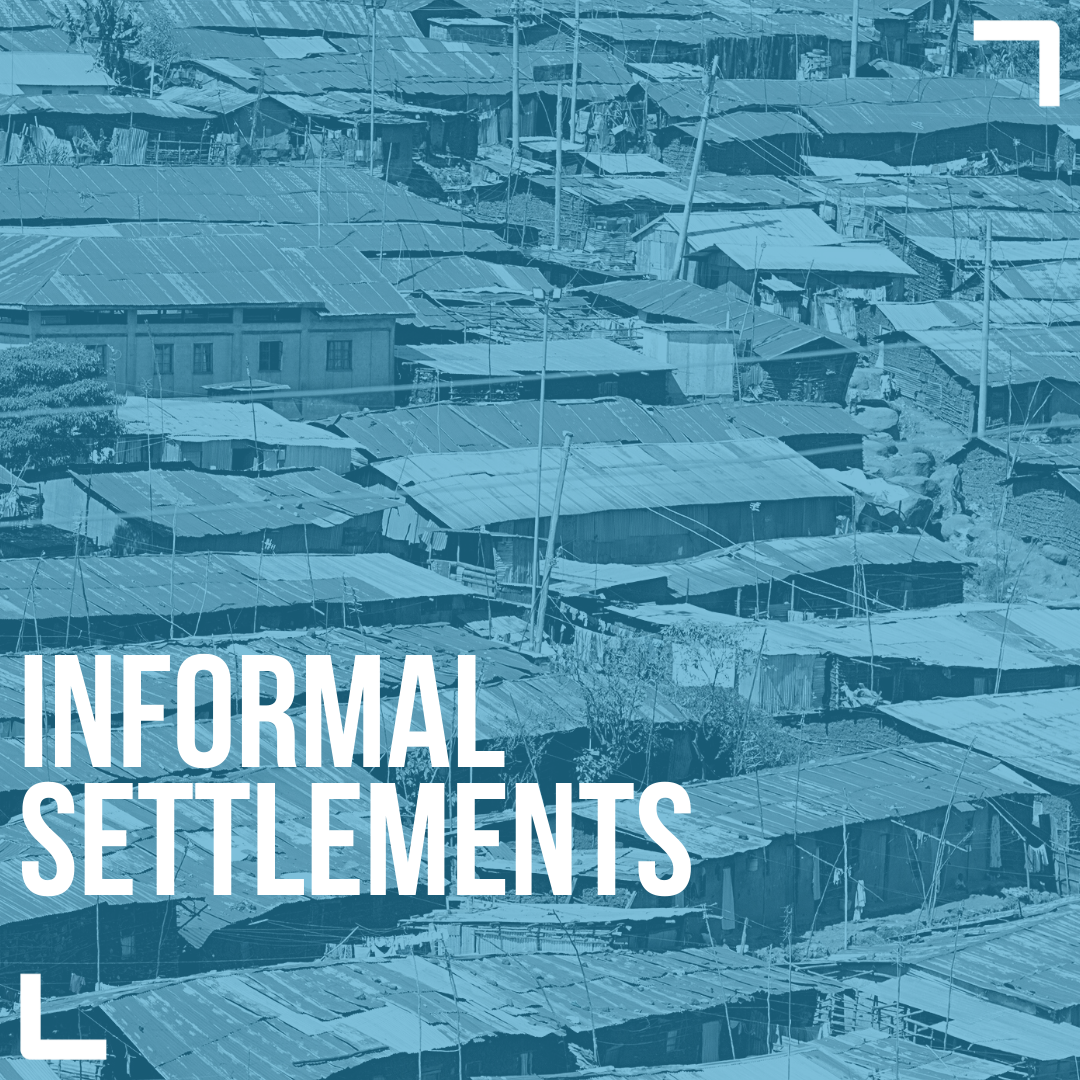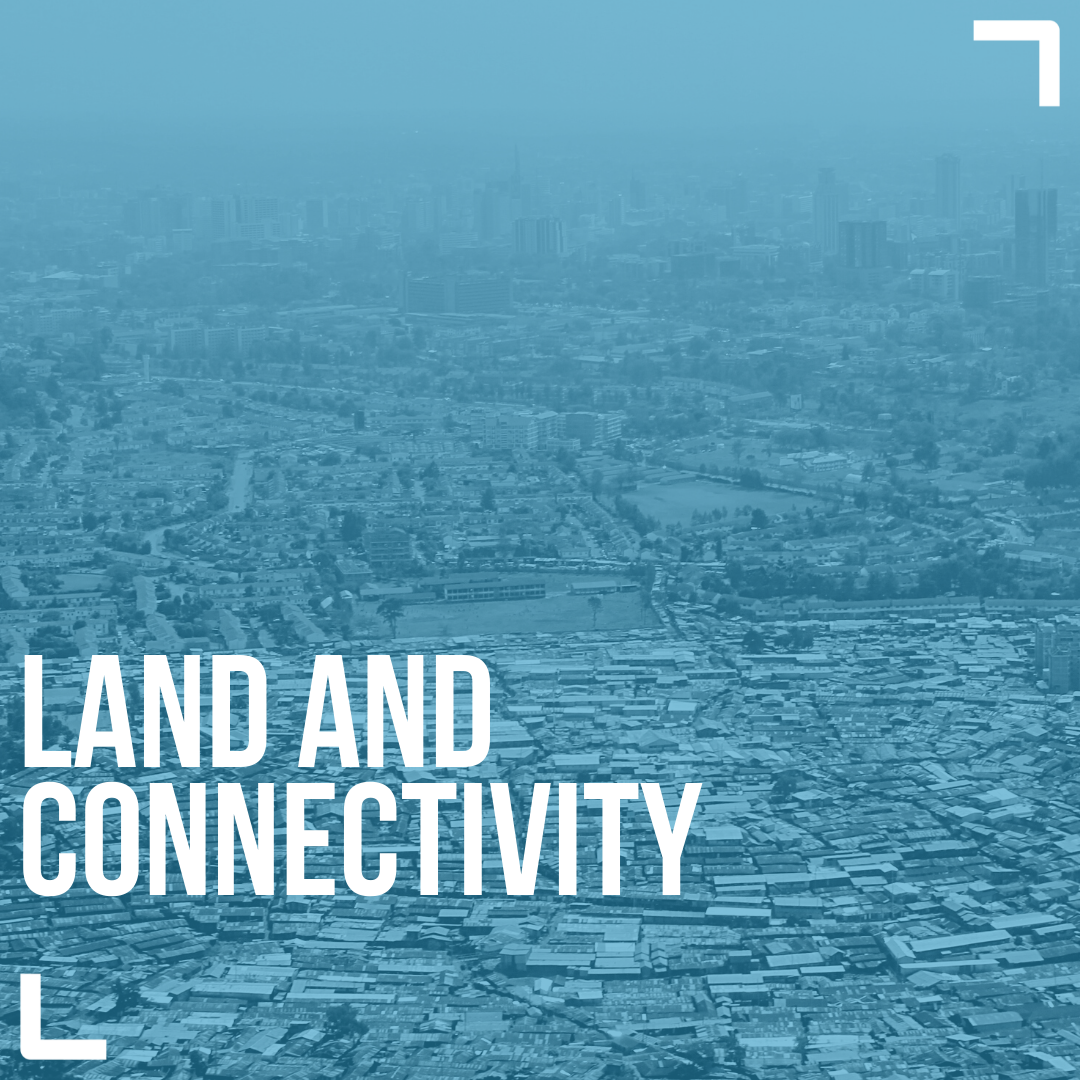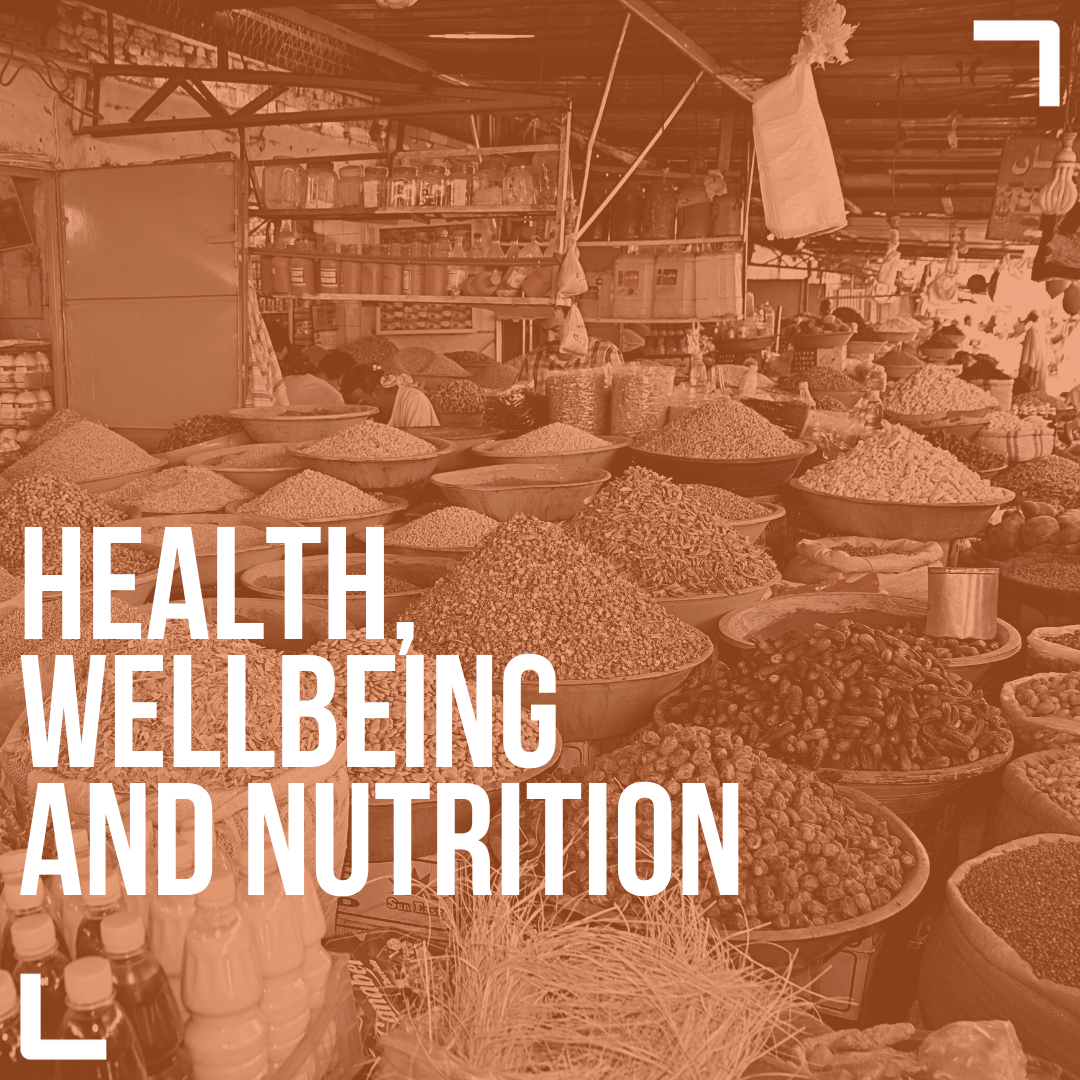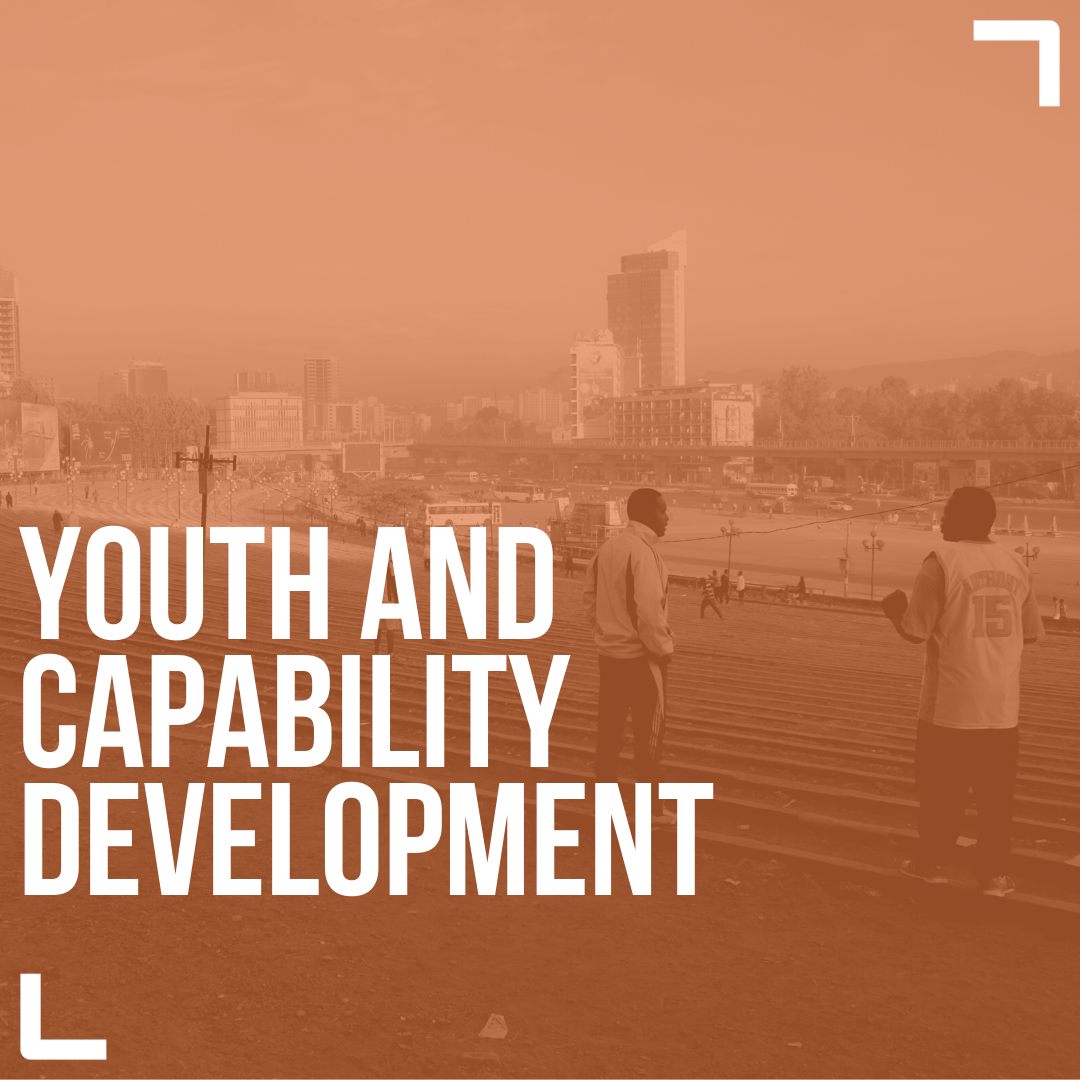Kampala
Kampala is the capital city of Uganda and one of the largest and economically most important cities in East Africa.
Kampala is Uganda’s financial and economic centre, the official seat of government power and close neighbour to Entebbe where the president sits – therefore forming a key part of the axis where key political settlements and alignments are forged. With a small if growing industrial base, the city is spatially characterised by a high level of under-serviced auto-constructed neighbourhoods alongside a vibrant informal economy for transport, trade, recycling and smaller business.
Further shaping urban development is a rich tradition of civil society and community organising, including mutual aid networks, development of alternative infrastructure arrangements, and political tactics to garner more inclusive urban development from below.
Kampala: City Scoping Study
Read the full study below, or download it as a PDF here.
Read now
African Cities Research Consortium
City Scoping Study – Kampala
By Henrik Ernstson (The University of Manchester) and Paul Mukwaya (Urban Action Lab, Makerere University)
Kampala is the capital city of Uganda and one of the largest and economically most important cities in East Africa. It is the country’s financial and economic centre, the official seat of government power and close neighbour to Entebbe where the president sits; it therefore forms a key part of the axis where key political settlements and alignments are forged. With a small if growing industrial base, the city is spatially characterised by a high level of under-serviced auto-constructed neighbourhoods alongside a vibrant informal economy for transport, trade, recycling and smaller business.
Kampala’s uneven spatial development is shaped by a distinctly complex governance arrangement with colonial legacies leaving a bifurcated landholding system layered with more recent efforts at centralising urban governance through the Kampala Capital City Authority (KCCA). Further shaping urban development is a rich tradition of civil society and community organising in response to state neglect, including mutual aid networks, development of alternative infrastructure arrangements, and political manoeuvring for more inclusive urban development from below. There are also a range of university-based and other civil society knowledge centres that take active part in urban policy discussions.
Urban context
Kampala City was established as a municipality in 1947 and became the capital city of Uganda at independence in 1962.[1] Bordering on Lake Victoria and surrounded by a series of hills, the city covers an area of 189km2, of which 19km2 is water. The city is divided into five urban divisions, being Central, Kawempe, Makindye, Lubaga and Nakawa. However, surrounding the city are several other municipal jurisdictions that rely on their proximity to Kampala for economic activity and some now include closer-lying towns such as Mukono and Entebbe in the urban functional area. Thus, while there are around 1.8 million residents of Kampala City, it is estimated that 3.5 million people enter the city for employment every day. Much of this, however, relates to the informal sector, accounting for around 1.5 million jobs.[2] Taken together, Kampala is one of the most rapidly growing urban regions on the continent with a recorded population growth rate for the City alone at 5% per year between 1995 and 2015.[3] Because of regional and civil warfare the city also hosts one of the largest population of refugees and internally displaced persons (IDPs).[4] Although Kampala currently has a limited industrial base, there are reports of increasing in-flow of international investment, in particular Chinese, promoting a possible return of more steady industrialisation.[5]
Box 1: Kampala City – Summary
- Kampala is the Capital City of Uganda
- Hosts the seat of government
- Economic gateway and showcase of Uganda
- 75 million residents and working environment for an estimated daily workforce of 3.5 million
- Annual population growth rate of 3.9%
- Kampala is a primate city in all significant economic fields
- The city contributes approximately 65% of Uganda’s GDP and accounts for 80% of the country’s industrial output and commercial activity
- The city has a dynamic informal sector and 55% of all micro enterprises in Uganda are located in the city
- 71% of all informal sector employment is in trade while 23% and 6% of the employment is in manufacturing and services respectively
- 40% of undeveloped land in the city is utilised for crop production
- 2010 – Central Government took over the management of the city
- 2011 – KCCA became a Government Agency
Sources: GCR (2015) and KCCA (2015)
History of the city and town planning
The hills and marshes of present-day Kampala was settled by the Baganda kingdom in 1884 on Mengo Hill,[6] partly because of its strategic location close to Nalubaale lake (renamed Lake Victoria by colonialists, see figure 1). Historically the Kabakas (kings) of Buganda created around their hilltop palaces a settlement of thousands of followers, and because of ants and rot, the Lubiri (Palace) used to move every few years to another hilltop. When British colonialists arrived in 1890 and placed a fort on Old Kampala Hill, facing the palace of Kabaka Mutesa I across Kisenyi valley on Mengo Hill, the basis of Kampala was established.[7]
These colonial legacies have shaped a bifurcated land regulation system in Kampala that still conditions urban land-use. When the Uganda Protectorate in 1894 was proclaimed by British colonial forces to protect imperial trade routes, the Kabaka and Bugandan elites negotiated a special standing for themselves within the system of indirect colonial rule.[8] This created a bifurcated land-administrative system in Kampala: the Kabaka and country chiefs were given mailo land that could not be taxed (so called alludial land) and “Crown land” was kept by the colonial office. This created a spatial process of urbanisation with a better-serviced “European” city and under-serviced “native” city.
The advent of the Kenya-Uganda railway (1896 to 1931) strengthened the city as an administrative-military centre for colonial domination and resource extraction and spurred its growth. A first urban planning scheme appeared in 1912[9] and in 1948 there was 24,000 inhabitants, which put pressure on centrally lying mailo land and challenged “colonial aspirations for modern orderly urban planning”.[10] With independence in 1962, there were attempts for modernist planning involving a United Nations Mission, but the comprehensiveness of these Eurocentric plans were increasingly difficult to finance, especially after 1971 when Idi Amin’s military government undermined the city’s revenue base.[11] Prolonged periods of political instability and civil conflict from the 1970s until the early 2000s, overlapping with regional conflicts and instability since the 1990s, has left Kampala with one of the largest refugee populations in the world.[12]
Over the years, the unplanned sprawl of Kampala outstripped the capacity of the city infrastructure to support the delivery of effective public services. Along with infrastructural constraints was the element of mismanagement and poor city governance manifested in low levels of adherence to rules and regulations leading to corruption and fraud. Following a lengthy debate and consultative process to reform the post-independence governing of Kampala, from traditional and colonial structures, parliament created in 2010 the Kampala Capital City Authority.[13] This placed the city’s administration as an entity under the central government, which has also been interpreted as way for the ruling party to influence the capital which it lost to the opposition in 1998.[14] This has turned Kampala into a highly politicised urban setting where political configurations from national to city level interact to subvert broader systems of city governance.[15]
Urban challenges
Today, Kampala is faced with enormous challenges due to the low socio-economic conditions of many of its residents and those of the surrounding districts. This hampers economic growth nationally and even regionally since Kampala is the country’s commercial and economic hub and a key center and driver in the Great Lakes Region.[16] The city contributes approximately 60% of Uganda’s GDP and accounts for 80% of the country’s industrial sector. The majority of people employed in Kampala work in the services sector and sales (46%), and around 15% work in the construction industry.[17] Kampala has the highest rate of unemployment of all sub-regions, with 21% of the labour force recorded as unemployed in the 2016/17 national household survey[18] with the majority being women and youths. Compared to the nation as a whole though, only 2.6% of the city’s households fall below the national poverty line (up from 0.7% recorded in 2012/13), compared with 21.4% nationally.[19]
Additionally, Kampala faces a major infrastructure challenge following years of neglect and underinvestment that has been further hampered by fragmented land use. Only around 23% of Kampala’s area is considered fully urbanised, with access to a full range of municipal services. The bulk of the area (around 60%) is semi-urbanised and comprises 62 informal settlements, housing an estimated 560,000 families. The remainder of land area is still considered rural. The poor socio-economic conditions have placed significant pressure on the city’s services and revenue streams, which has contributed to a deterioration of infrastructure such as roads, schools, and hospitals.[20]
The response to urban growth and the infrastructure backlog has been (like in the rest of the country) the formation of a dynamic and growing urban informal sector. The informal sector is by far the most important employer in Uganda. It is estimated that more than 1.5 million micro enterprises operate in the country employing over 2.5 million people, with over 55% located in Kampala. Outside farming, the informal sector could be employing up 90% of all workers and its contribution to GDP has been estimated to 20% evidencing its impact at urban and national level. Most are working in trade, which captures 72% of the informal sector employment, followed by manufacturing 23%, and services 6%. The most significant informal activities include; transport (using boda-bodas and taxis/matatus), markets, street vending, hawking and wholesale and retail sale trade and commerce in consumables, plastics, textiles among others.[21]
The informal or self-constructed economy not only provides livelihoods,[22] but also extends infrastructure services beyond the official and centrally planned grid. Recent ethnographic research has evidenced how the practices, skills, and organisation of the informal economy interacts with formal institutions to shape how transport, water, electricity, and sanitation is provided to the majority across the city.[23] This “heterogenous infrastructure” landscape[24] consists of multiple actors, land uses, and modalities of operation and while informalisation cripples the city’s ability to generate revenues for new investments,[25] the viability of the informal economy and its contribution to infrastructure services represents a crucial value to safeguard. The challenge lies in identifying urban planning modes and reform coalitions that can find ways to integrate or sustain the informal economy while also providing more stable incomes and safe jobs, and revenue streams for the city.
Political context
National politics operate to a large extent through the capital city of Kampala and its close neighbour Entebbe. Recent analysis of the city’s political context has revealed the dynamic and possibly unstable nature of the political settlement that shapes decision making. The ruling coalition of Uganda, those tied to the National Resistance Movement (NRM) led by President Museveni since victory in the civil war in 1986, have had to use the distribution of urban land in Kampala as “side payments” to “accommodate a relatively diffuse distribution of power” nationally.[26] The control of urban land has functioned as a political resource that has “systematically allowed certain groups of people to build and work in ways that conflicted with formal institutions,” so that private profits can be made on urban land in exchange for political or economic support.[27] This includes leaders of the Buganda Kingdom, but also important power-brokers in the extensive informal economy of the city, such as informal market operators, transport syndicates, and informal settlement community leaders.
This informalising dynamic of land use decision making thus operates at multiple levels in ways that reflects the nature of Uganda’s political settlement, involving efforts by the ruling coalition to secure support from other elites and populous low-income groups, whilst off-setting the potential opposition of middle classes through a relaxed approach to land use regulations. In part it explains the increasing fragmentation of land use in the last 20 years with luxury hotels, the loss of parks and green space, and large informal marketplaces.[28] Historically, this informalisation and decentralisation of land regulation was strengthened from the 1990s when international donors such as the World Bank pushed for government decentralisation, a mode of governance that the NRM coalition had already embraced as part of the system of no-party democracy. This in turn made opposition figures entering the Kampala City Council (KCC) compete to provide “urban land-based side payments” to challenge the ruling coalition. The formation of the KCCA was intended to re-centralise urban governance and offer national government greater control over the capital city, thereby reducing the scope for the elected political opposition in Kampala to use urban land to increase their support. Based on this, scholars have suggested that Uganda exemplifies the multi-scalar character of political settlements, with the historic concentration of power around President Museveni’s ruling coalition becoming highly contested within the context of Kampala.
African Cities Research Consortium: Potential added value
The case of Kampala thus offers a rich learning ground for those investigating the political economy of African cities. With its vibrant recent history of grassroots and community organising alongside strong knowledge and research networks, Kampala offers an opportunity for ACRC to do impactful research. The city offers a long intellectual tradition that will facilitate ACRC’s aim for grounded analysis together with partners. To Kampala’s combination of knowledge, archives, and policy networks, ACRC will add value by collaborating with partners to develop research that further addresses the systemic and political nature of urban problems.
References
Byerley, A. (2019). “Drawing White Elephants in Africa? Re-Contextualizing Ernst May’s Kampala Plans in Relation to the Fraught Political Realities of Late-Colonial Rule”. Planning Perspectives 34(4): 643–666. Available online: https://doi.org/10.1080/02665433.2018.1425635
Doherty, J. (2019). “Maintenance Space: The Political Authority of Garbage in Kampala, Uganda”. Current Anthropology 60(1): 24–46. Available online: https://doi.org/10.1086/701514
Ernstson, H. and Nilsson, D. (2019). “Towards Situated Histories of Heterogenous Infrastructures: Oral History as Method and Meaning”. In Royal Geographical Society with Institute of British Geographers (RGS-IBG), London, 27-30 Aug 2019, 1–30. London: RGS.
GCR (2015). “Kampala Capital City Authority, Uganda, Local Authority Analysis”. Johannesburg, South Africa.
Goodfellow, T. (2019). “Political Informality : Deals, Trust Networks, and the Negotiation of Value in the Urban Realm.” The Journal of Development Studies 0(0): 1–17. Available online: https://doi.org/10.1080/00220388.2019.1577385
Goodfellow, T. and Huang, Z. (2021). “Manufacturing Urbanism: Improvising the Urban – Industrial Nexus through Chinese Economic Zones in Africa”. Urban Studies Published. Available online: https://doi.org/10.1177/00420980211007800
Goodfellow, T. and Jackman, D. (2020). “Control the Capital: Cities and Political Dominance”. ESID Working Paper No. 135. Manchester, UK: The University of Manchester. Available online: www.effective-states.org
Gutkind, P. C. W. (1963). The Royal Capital of Buganda: A Study of Internal Conflict and External Ambiguity. The Hague: Mouton.
KCCA (2014). “KCCA Strategic Plan 2014/15 – 2018/19”. Kampala, Uganda.
Kinobe, J. R., Niwagaba, C. B., Gebresenbet, G., Komakech, A. J. and Vinnerås, B. (2015). “Mapping out the Solid Waste Generation and Collection Models: The Case of Kampala City”. Journal of the Air & Waste Management Association 65(2): 197–205. Available online: https://doi.org/10.1080/10962247.2014.984818
Lawhon, M., Nilsson, D., Silver, J., Ernstson, H. and Lwasa, S. (2018). “Thinking through Heterogeneous Infrastructure Configurations”. Urban Studies 55(4): 720–32. Available online: https://doi.org/10.1177/0042098017720149
Lwasa, S. and Owens, K. (2018). “Kampala: Rebuilding Public Sector Legitimacy with a New Approach to Sanitation Services”. Washington D.C. Available online: https://wrirosscities.org/sites/default/files/WRR_Case-Study_Kampala_final.pdf
Mamdani, M. (1996). Citizen and Subject: Contemporary Africa and The Legacy of Late Colonialism. New Jersey & Kampala: Princeton University Press & Fountain Publishers.
Monteith, W. and Lwasa, S. (2017). “The Participation of Urban Displaced Populations in (in)Formal Markets: Contrasting Experiences in Kampala, Uganda”. Environment and Urbanization 29(2): 383–402. Available online: https://doi.org/10.1177/0956247817721864
Muwanga, N. K., Mukwaya, P. I. and Goodfellow, T. (2020). Carrot, Stick and Statute: Elite Strategies and Contested Dominance in Kampala. SSRN Electronic Journal. Available online: https://doi.org/10.2139/ssrn.3661568
Nsangi Nakyagaba, G., Lawhon, M., Lwasa, S., Silver, J. and Tumwine, F. (2021). “Power, Politics and a Poo Pump: Contestation of Legitimacy, Access and Benefits of Sanitation Technology in Kampala”. Singapore Journal of Tropical Geography 42(3). Available online: https://doi.org/10.1111/sjtg.12381
Omolo-Okalebo, F. (2011). “The Evolution of Town Planning Ideas, Plans and Their Implementation in Kampala City 1903-2004”. Makerere University & KTH Royal Institute of Technology. Available online: https://www.diva-portal.org/smash/get/diva2:466031/FULLTEXT02.pdf
Omolo-Okalebo, F., Haas, T., Werner, I. B. and Sengendo, H. (2010). “Planning of Kampala City 1903-1962: The Planning Ideas, Values, and Their Physical Expression”. Journal of Planning History 9(3): 151–69. Available online: https://doi.org/10.1177/1538513210373815
Southall, A. W. and Gutkind, P. C. W. (1956). Townsmen in the Making: Kampala and Its Suburbs. Kampala: East African Institute of Social Research.
Sseviiri, H., Lwasa, S., Lawhon, M. and Ernstson, H. (2020). “Claiming Value in a Heterogeneous Solid Waste Configuration in Kampala.” Urban Geography: 1–22. Available online: https://doi.org/10.1080/02723638.2020.1828557.
Terreni Brown, S. (2014). “Planning Kampala: Histories of Sanitary Intervention and in/Formal Spaces”. Critical African Studies 6(1): 71–90. Available online: https://doi.org/10.1080/21681392.2014.871841.
Uganda Bureau of Statistics (2020). “World Population Day Celebrations: Leveraging Uganda’s Population Dynamics for a Resilient Future amidst COVID-19”. Kampala, Uganda.
Vermeiren, K., Van Rompaey, A., Loopmans, M., Serwajja, E. and Mukwaya. P. (2012). “Urban Growth of Kampala, Uganda: Pattern Analysis and Scenario Development”. Landscape and Urban Planning 106(2): 199–206. Available online: https://doi.org/10.1016/j.landurbplan.2012.03.006.
Vermeiren, K., Vanmaercke, M., Beckers, J. and Van Rompaey, A. (2016). “ASSURE: A Model for the Simulation of Urban Expansion and Intra-Urban Social Segregation”. International Journal of Geographical Information Science 30(12): 2377–2400. Available online: https://doi.org/10.1080/13658816.2016.1177641.
Young, G. (2019). “The State and the Origins of Informal Economic Activity: Insights from Kampala”. Urban Forum 30: 407–23. Available online: https://doi.org/10.1007/s12132-019-0.
[1] GCR (2015)
[2] Ibid.
[3] Vermeiren et al. (2016)
[4] Monteith and Lwasa (2017)
[5] Goodfellow and Huang (2021)
[6] Omolo-Okalebo (2011), citing Gutkind (1960)
[7] Weeks (1962)
[8] Mamdani (1996)
[9] Omolo-Okalebo et al. (2010)
[10] Byerley (2019); also see Omolo-Okalebo (2011) and Omolo-Okalebo et al. (2010)
[11] Omolo-Okalebo (2011), p.69
[12] Monteith and Lwasa (2017)
[13] KCCA (2014)
[14] Goodfellow (2019)
[15] Ibid.
[16] KCCA (2014)
[17] Uganda Bureau of Statistics (2020)
[18] Ibid.
[19] Ibid.
[20] GCR (2015)
[21] KCCA (2014)
[22] Young (2019)
[23] Nsangi Nakyagaba et al. (2021); Sseviiri et al. (2020); Ernstson and Nilsson (2019)
[24] Lawhon et al. (2018)
[25] Richmond et al. (2018)
[26] Goodfellow (2017), pp.209-11
[27] Ibid.
[28] Ibid.
Header photo credit: emretopdemir / Getty Images
LATEST NEWS from ACRC
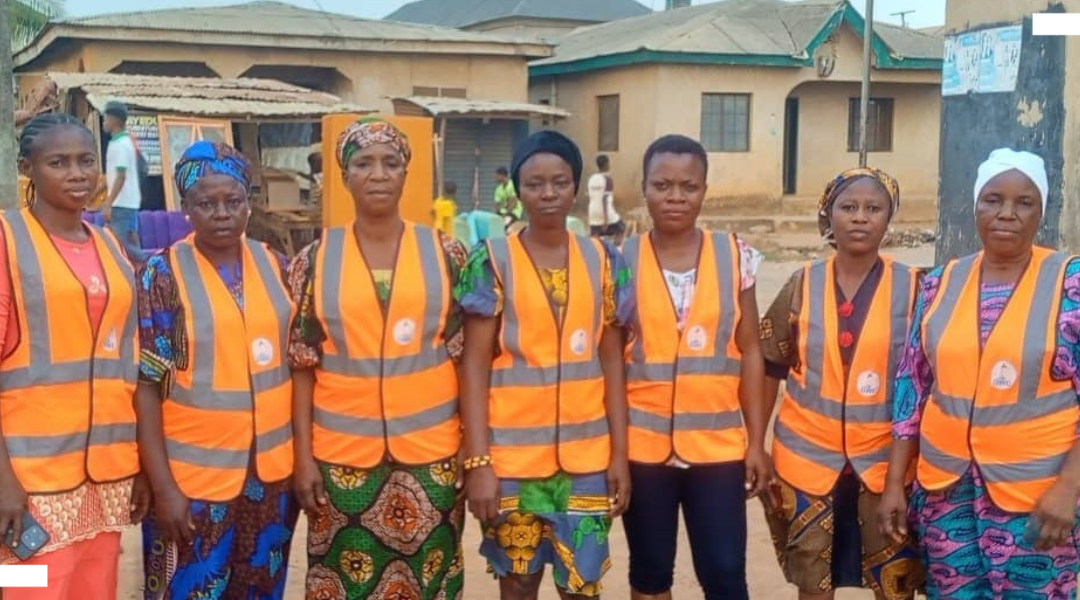
Transforming informal settlements in Lagos through community-driven WASH innovation: The Okerube project
Jul 10, 2025
The “Informal Settlements as Spaces of Transformative Agency” project focuses on the Okerube community in Lagos to challenge dominant narratives and demonstrate how bottom-up, community-led governance models can deliver sustainable and inclusive water, sanitation and hygiene (WASH) solutions in informal urban settlements.

Creating the conditions for change in Mathare informal settlement, Nairobi
Jul 7, 2025
SDI Kenya, through ACRC, is aiming to co-develop solutions with Mathare community members, by devising a holistic waste management system in the area.

How does action research build community and state capabilities?
Jul 3, 2025
This is the fourth in a series of blog posts focusing on how urban reform happens, and where ACRC fits into change processes. This post takes a closer look at how ACRC is helping build community capabilities to address urban challenges.
